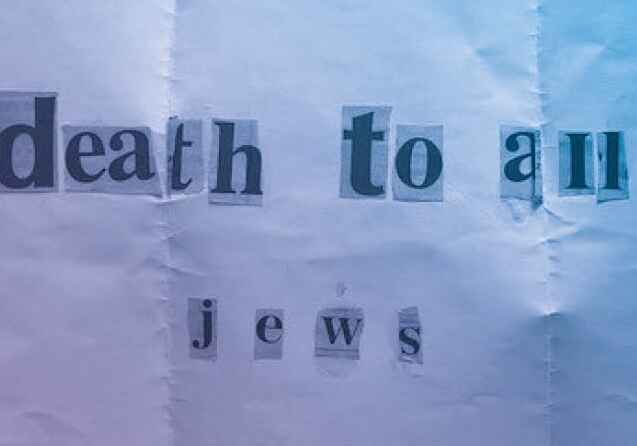CST Blog
CST Antisemitic Discourse Report 2008
22 July 2009
CST has long been known for recording and analysing antisemitic hate crimes: the physical assaults, desecrations, racist abuse and hate mail that make up a quantifiable measure of antisemitism. But just as, in recent years, it has become increasingly apparent that antisemitism is not restricted to the activities of street thugs and bar room racists, so it has become necessary to chart that other sort of antisemitism: the ideas, images and language that occasionally pollutes public discourse. Last year, CST published its first Antisemitic Discourse Report, which attempted to identify, catalogue and analyse examples of this kind of antisemitism from 2007. Now CST has published its second such report, covering 2008.
Often, the antisemitic discourse covered in this report reveals unthinking stereotypes and prejudice, rather than something more considered. Lazy journalism can lead to what David Hirsh called ready-made ways of thinking about Jews. Some of the UK media coverage of the American presidential election, which is included in the report, falls into this category. Other examples in the report, such as Press TVs promotion of Holocaust Denial, are more sinister; still others, such as Alan Hart claiming that Jews live in communities so that they can form voting blocs (rather than, for example, wanting to live within walking distance of their synagogue), are bizarre. Often, it is only by revisiting what antisemites used to say openly - such as in the 1960s British Nazi poster at the bottom of this post - that the antisemitic resonance of contemporary discourse can be fully understood.
One continuing problem is the way that extremist and racist ideas find easy platforms on mainstream media websites, blogs and forums. There is no simple answer to this, but one needs to be found. The first step is to identify and map the problem, and we hope that CSTs report adds to this effort.

Read More

Antisemitic Incidents Report January-June 2025
6 August 2025

CST Summer Lunch 2025
25 June 2025
CST Annual Dinner 2025
26 March 2025
